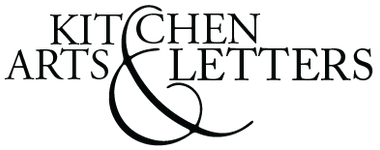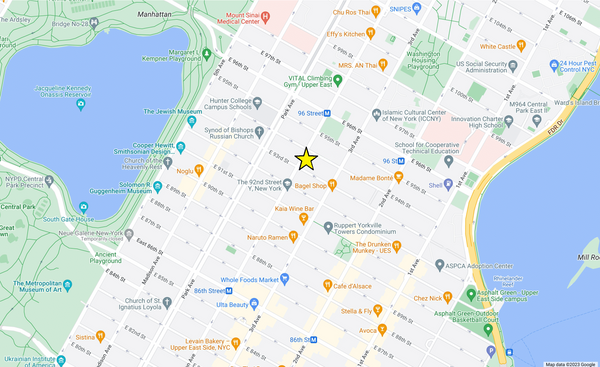OP: Lord Krishna's Cuisine
Yamuna Devi (1942–2011), born Joan Campanella in Butte, Montana, was one of the leading figures in the International Society for Krishna Consciousness—Hare Krishnas, colloquially.
Campanella met ISKCON founder Srila Prabhupada as he was catering the wedding of her sister, a recent Hare Krishna convert. Tasked with assisting Prabhupada, she became enraptured by the fresh, nutritious, flavorful fare he produced. It might be fair to say the cuisine inspired a spiritual awakening.
In 1967, a year after meeting Pradhupada, Campanella converted, changed her name, and even helped establish the Hare Krishna temple in San Francisco. She spent several of the following years studying India’s regional and temple cuisines at the source, honing her culinary skills. After two decades of practice in the Hare Krishna tradition, Yamuna Devi produced a massive cookbook, Lord Krishna’s Cuisine: The Art of Vegetarian Cooking (1987). With over 500 recipes, its breadth is staggering.
The headnotes provide helpful technical advice and serving suggestions, contextualize dish regionality, and offer personal anecdotes. This is an honest and thorough work, encouraging an ease of understanding of the cuisine, not to mention its deliciousness.
Hare Krishnas eat vegetarian, whole-food based foods and are obligated to prepare it with devotion, first and foremost, to Krishna. Alliums, considered toxic to the deity, are avoided.
Selecting nearly at random, we are drawn to a spicy okra dish, pan fried and enhanced with toasted spices and shredded coconut. Or baked eggplant stuffed with paneer and chickpeas—equal parts aromatic, piquant, and rich. For the sweet tooth, perhaps gajas, flaky pastries fried in ghee and frosted with fennel and cardamom flavored milk.
Alternatively, 30 chutneys and 25 pickles and preserves are enough to add a fresh pop of flavor and texture to endless dishes. We cannot imagine ever exhausting sources of inspiration with a book like this.
We are offering a Near Fine 1987 first printing with dust jacket. Such large tomes inevitably bear signs of handling and shelfwear, but this is among the best examples we have seen.

